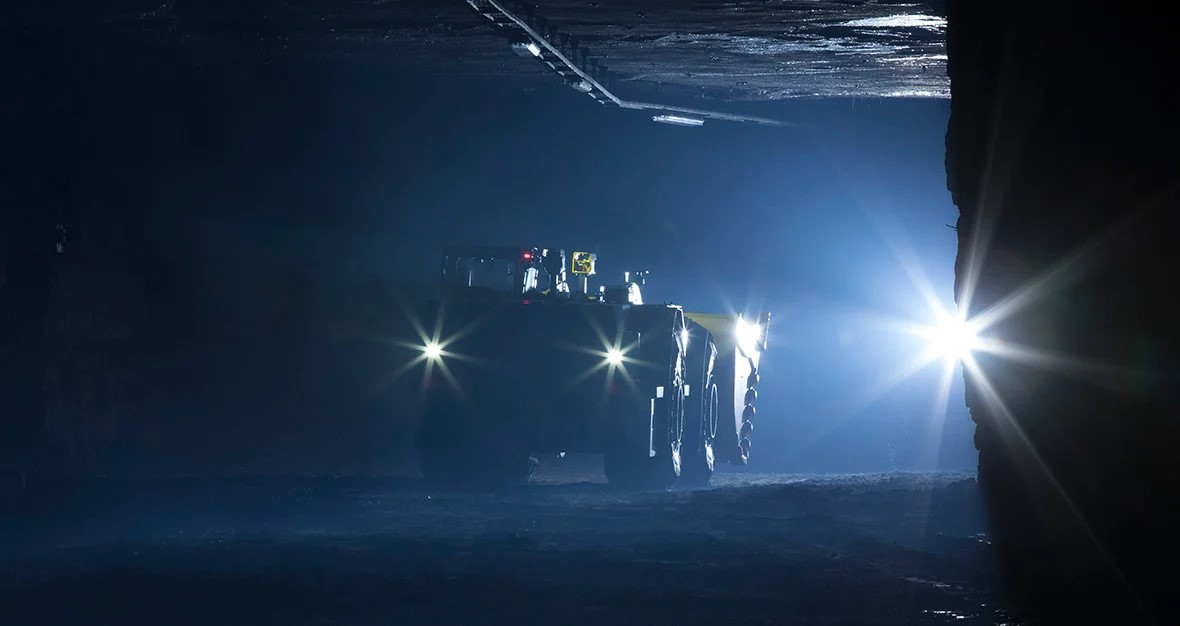Creating a digital information flow through an entire product life cycle – from construction and manufacturing to aftermarkets and end-of-life – saves time and money. It also enables more competent decisions and more uniform working methods.
Combitech and Saab are jointly contributing in the research project Global Assembly Instruction Strategies (GAIS), which evaluates digitalized and pedagogical tools in manufacturing assembly work. While these tools are generally applicable to almost any industry, they were piloted in Aeronautics manufacturing.
We want to reduce work that doesn’t add value and improve communication opportunities for operators, as well as improve the learning curve. Creating standards to regularize working methods and reduce dependence on place or language is significant, as organizations become increasingly globalized.
Anna Malm, PhD in industrial production, organizational developer at Combitech, and one of the driving forces behind GAIS.
The GAIS project launched in 2013 with support from Vinnova, Sweden’s Innovation Agency, and has passed through a number of phases. The focus for Combitech and Saab at the beginning was improved visualization for increased flexibility of work instructions. After showing successful results, the focus then moved to evaluating how Augmented Reality (AR) glasses and remote guidance can improve the efficiency of learning, training and quality assurance in final assembly at Saab’s Aeronautics division.
Supporting the operator with assembly tasks, but also with knowledge transfer and learning, is significant. The purpose is to create an information flow that synchronizes work and enables a more proactive approach to assembly, which increases productivity.
Anna Malm
Information services combined with commercial technology
The later phases of the project have allowed Combitech and Saab to work on two parallel tracks. The first is about making work instructions available to the operator via AR glasses.
Combitech developed the software used to deliver work instructions. Different types of assembly requirements have been visualized non-textually and are shown together with current components to facilitate the operator’s work. Written work instructions can be placed in space anywhere the operator wishes, making the information freely accessible.
Our challenge at Combitech has been to deliver the information in an easily accessible and usable manner. It’s important that the information is presented at the proper level and shouldn’t be too complex. We have combined our knowledge of information services in different systems and usability with commercial technology from the gaming industry.
Björn Rudin, digitalization advisor at Combitech.
AR glasses allow the operator to work hands-free and the information can also contribute to decision support during work tasks. The operator can feel more secure and can more easily see where, in what type and in which direction the component should be installed. Work instructions can also potentially be adapted to individuals, which sets the operator’s competence and experience in focus.
Anna Malm
The second track is about using remote guidance, where experts can help operators with a specific problem at a distance. Using a tool that delivers images, video and sound, operators can communicate and interact using overlaid images with the expert. The tool is thus used for knowledge transfer and learning. This way of working reduces production downtime.
Demonstrator confirms the approach
The project also includes an AR demonstrator for work instructions that illustrates technical solutions that support operators in complex tasks with long cycle times. Operators can assemble a sample wing to the Gripen multi-role combat plane, which is then built in a school setting with the help of 3D instructions that are visualized in AR glasses.
We relied on a demonstrator in our school setting, since the actual assembly environment is shrouded in complete secrecy and our research project runs on complete openness. We’ve been able to confirm that we’re on the right track. The technology works, but the hardware can still be developed much further.
Tomi Uimaniemi, technology lead in MBD at Saab.
What does the future hold?
Positive results from the project have encouraged Combitech and Saab to continue examining the developmental potential for AR solutions integrated in information flows throughout the entire product life cycle. A project report has been submitted and the team is preparing new proposals to Vinnova, whose role it is to strengthen Sweden as a land of research and innovation.
GAIS in brief
GAIS 1 & 2 Global Assembly Instruction Strategy
- Period: 2013 – 2018
- Financing: Vinnova
- Total budget: ~ SEK 10 million
Project partners
Vinnova, Chalmers University of Technology, University College West, Volvo (link to Volvo Group), Xmreality, Saab (link to Saab Corporate) and Combitech.
Participants from Combitech and Saab
Hanna Aronsson, Lindha Andersson, Jonas Ekskog, Christian Bråthe, Anna Malm and Tomi Uimaniemi, as well as other staff at Combitech and Saab who contributed. A number of students also produced master’s theses – see related material below. Thanks to everyone!
Related material
Four master’s theses are listed below – three from Saab Aeronautics and one from Combitech. Most of them can be found through http://www.diva-portal.org. If you need additional help, contact Anna Malm (contactcard below).
- "Standards for visualize 3D-instruction in the assembly -A case study at Saab Aeronautics.” David Jakobsson, Pontus Unroth
- “Development of a Demonstrator in the Aerospace Industry for Visualization of 3D Work Instructions”. Mahan Khoshnevis, Emilia Lindberg
- “Elektroniska monteringsanvisningar och dokumentation för komplex montering av flygplan i Augmented Reality”. Anton Kaiser
- “Augmented Remote Guidance in Final assembly of military aircraft”. Jakob Säll




